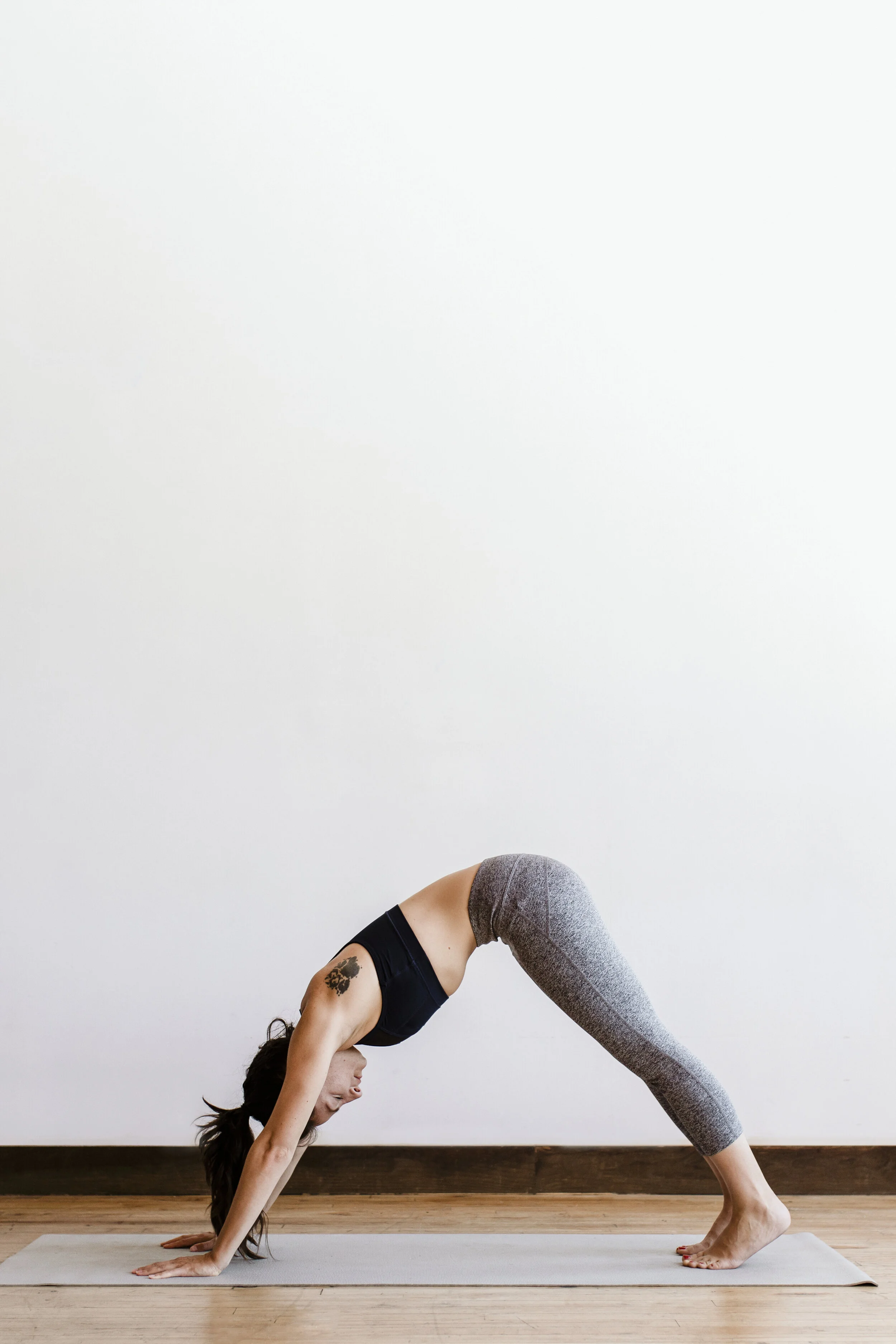Dynamic Vs. Static Stretching: When To Do Each And Why
Stretching is not reserved for elite athletes; we all need to stretch daily to protect our mobility and independence. Building muscle, aerobic fitness, daily mobility and flexibility all goes hand in hand. Stretching is the only way to keep the muscles at optimal functionality. Stretching works to keep the muscles flexible, healthy and strong. In order to maintain a good range of motion in the joints, we need the muscles to remain flexible. Otherwise, the muscles shorten, become tight and end up chronically cramped without sufficient blood flow. This leads to the weak muscles that are unable to fully extend and create the power the activity calls for.
So now that you know why you need to stretch… which stretches should you do and why?
What is Dynamic Stretching?
Dynamic stretches are active movements where the joints and movements go through the full range of motion. They are generally used to warm up your body prior to exercise. It increases blood circulation and lubes up your joints. Dynamic stretches can also be functional and mimic the sport specific movement you are about to do. This type of stretching works best prior to exercise, it works to get the body moving and are not held for any specific amount of time.
Active and ballistic stretching are two types of dynamic stretching. Active stretching works to move the limb through its full range of motion. This is done by starting at minimal movement to the greatest movement and repeating several times. Ballistic stretching involved rapid, alternating movements or “bouncing” at the end-range of motion. This type of stretching is no longer recommended as there is an increased risk of injury.
When to use Dynamic Stretching:
Dynamic active stretching can be used before the start of any exercise like:
Sports or athletics- It has been shown that dynamic stretches are beneficial prior to running or jumping, like basketball, soccer, sprinting, etc.
Weightlifting- Research shows that dynamic stretching in the warm-up helps with leg extension power and improves performance.
Cardiovascular exercise- Dynamic stretching warms up your muscles effectively and may improve performance and reduces the risk of injury for any-one who swims, runs, does bootcamp, boxing, etc.
If you are feeling stiff or have been sitting for extended periods of time, it would be extremely beneficial to start with 5-10minutes of light jogging or cycling followed by some foam rolling. Dynamic stretches should be the last part of your warm-up routine and this will be the most beneficial way to release tightness prior to exercise.
What is Static Stretching?
Static stretching is what most people think of as a stretch. It is the most common form of stretching and is used to stretch a muscle or group of muscles, by holding the stretch for 15-60 seconds and repeated 3 times.
There has been major controversy surrounding static stretching. A study showed that 8 weeks of static stretching increased the muscle’s ability to extend. Unfortunately, stretch tolerance can decrease this benefit. Most static stretching studies present an increase in range of motion because of an increase in the ability to withstand more stretching force (and discomfort), instead of extensibility. Therefore, regular stretching is vital to unleashing the full potential of your muscles. Timing of static stretching is also important. Static stretching after sport will help prevent injury occurrence. However, static stretching during a warm-up for competition or a game can have an adverse effect on your performance. Static stretching can limit your body’s reaction time, this condition can last up to 2 hours in activities that require agility and speed like vertical jumps, balance, short sprints, soccer, rugby etc.
When to use static stretching:
Static stretching is best used after exercise but can also be used in other areas.
Pre-Sport - This involves activities that requires a lot of static flexibility like gymnastics, climbing, yoga, etc. The stretch should be held for <30 seconds.
Post-Sport- static stretching is extremely effective as part of a cool down after any sport or activity. A decrease in injury occurrence is related to static stretching after exercise.
Rehabilitation- Static stretching helps with muscle repair but should only be done under a professional’s advice.
When sitting for long periods of time- The muscle’s flexibility is reduced with prolonged periods of sitting. Static stretching can help reduce the effects of sedentary behaviour on muscles.
It can be tempting to skip stretching after a workout, especially when we are in a rush or tired, there are numerous reasons to make it a priority. The benefits to static stretching are improved flexibility and range of motion, increased blood flow, improved performance, injury prevention, faster muscle recovery following a workout and less pain and stiffness. It is also an underrated way to help you feel more relaxed, by releasing the stress and tension in your muscles.
To keep your stretches effective but safe, you should follow these tips:
Start slowly- A few stretches at first is better than going all out. As you start to enjoy the wind down, you can add more repetitions and stretches to build up your flexibility.
Do not stretch beyond what is comfortable- Slight discomfort is normal but you need to listen to your body. Do not push past the pain and stop right away if you feel any sharp pain.
Be gentle- Avoid bouncing or jerking movements whilst holding a stretch. Instead you should use slow, smooth movements.
Remember to breathe- Use your breath to move deeper into the stretch. Breathing helps to relieve stress and tension in your body.
Be cautious- Especially if you are recovering from an injury. Talk to your doctor or health professional if you have any concerns about stretching.
Essentials to note:
Generally, a warm-up to decrease chance of injury and increase performance should consist of a light cardio activity followed by large amplitude dynamic stretching, followed by sport-specific dynamic activities. People who regularly participate in a sport that requires a lot of static flexibility should incorporate a short duration of static stretches that are shorter in intensity and time.





